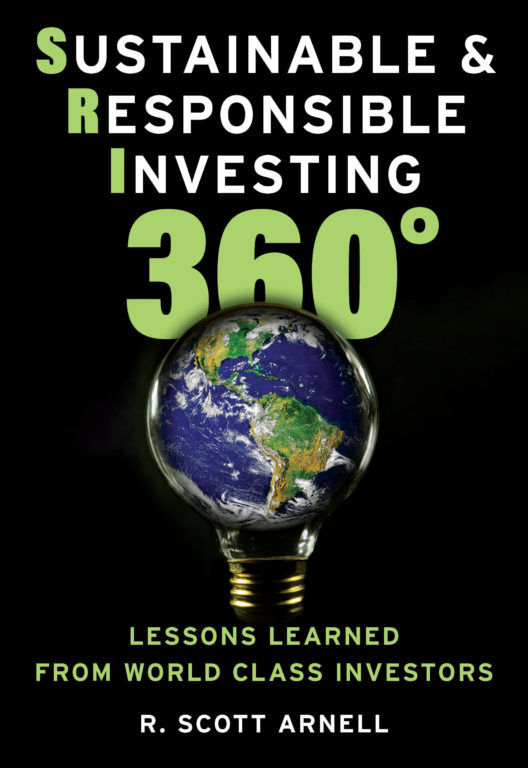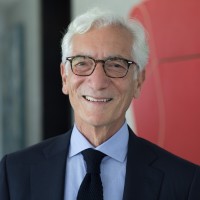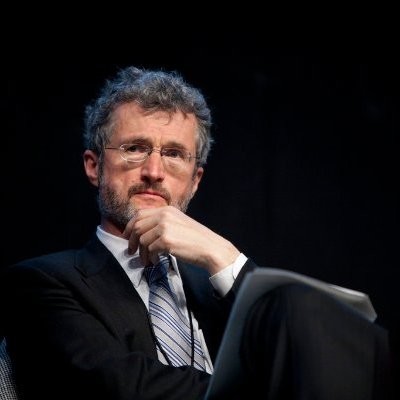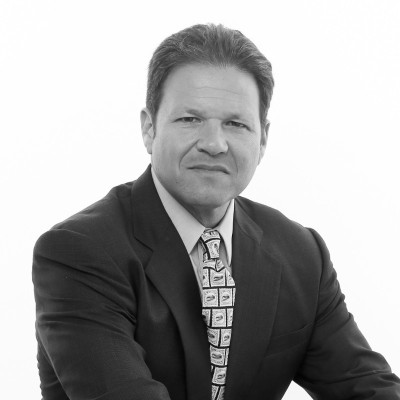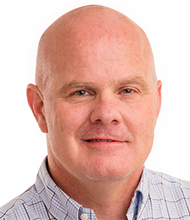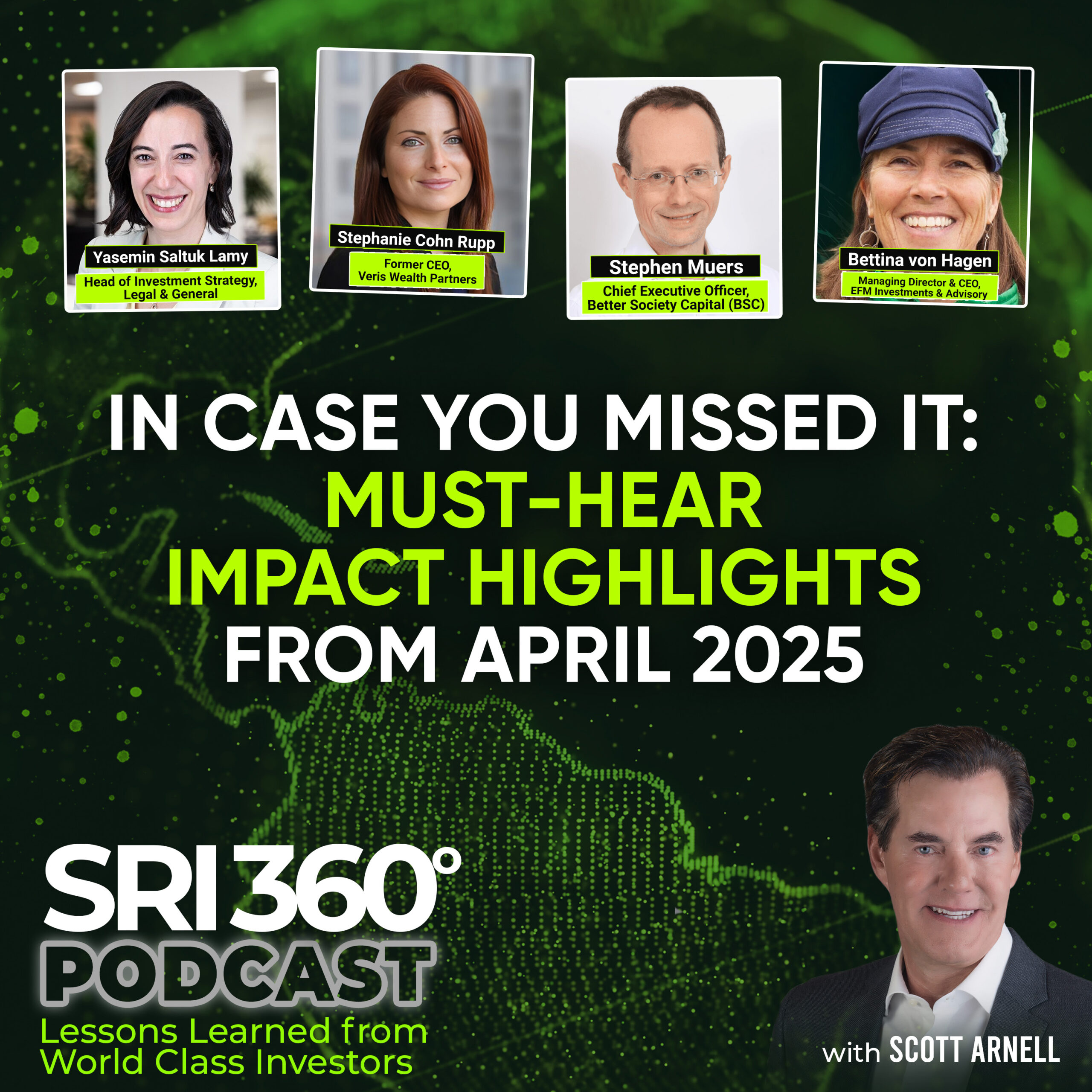
“In 2010, we published a report that declared impact investing an emerging asset class and defined it as investing with the intent to achieve positive social or environmental outcomes. ”
— Yasemin Saltuk Lamy
This spring, I had the chance to talk with four incredible guests, each with a different take on what it really means to put money to work and invest in line with your values.
Across late March and April, we explored climate-smart timber, social finance backed by dormant bank accounts, fully impact-focused wealth advising, and how catalytic capital is being used to push investment into places most firms won’t go.
It was a month that spanned the redwood forests of Oregon to the emerging markets of sub-Saharan Africa, and in this special recap episode, I’ve pulled together the most compelling moments from each conversation.
Think of this episode like a sampler platter. It’s designed to give you a quick taste of each guest’s perspective – what drives them, how they think about change, and what they’ve learned about moving money with meaning. And of course, if something really resonates with you, you can always jump into the full conversation.
Here are the featured guests, along with links to their full interviews. I hope you enjoy this compilation – and maybe it’ll lead you back to an episode you missed the first time around:
Yasemin Saltuk Lamy, Head of Investment Strategy at Legal & General (L&G)
Yasemin’s path into impact investing started at J.P. Morgan, where she helped build the firm’s Social Finance unit from scratch. At the time, even defining the term “impact investing” took months of debate. “We spent four months just on the word ‘intent,’” she told me.
That focus on intent stuck with her – from J.P. Morgan to Omidyar to BII – where she helped lead the Catalyst Portfolio, growing it from $300 million to $1.6 billion. Her work was all about finding places where capital didn’t naturally flow, and designing structures that would pull others in.
She talked about catalytic capital, early-stage risk, and why building alignment – rather than chasing alpha – is often the smarter bet. “Do good without losing money” was the original mandate. But Yasemin showed how, when it works, you can do both.
Full episode here.
Stephanie Cohn Rupp, Former CEO of Veris Wealth Partners
Veris Wealth Partners is one of the only wealth firms out there that’s 100% impact. No ESG sideline, no separate division. The whole firm is built around aligning portfolios with values.
What stood out in my conversation with Stephanie was how methodical their process is. It starts with what they call “impact discovery” – getting into the client’s mission, history, beliefs – and then building an investment policy around that. “It’s not a kitchen table conversation,” she told me. “It’s structured, repeatable, scalable.”
She also talked about the internal side – how Veris itself operates as an impact investment, holding itself to the same standards they ask of the companies they invest in.
At Veris, there’s no separation between how they invest and who they are. That’s the model – and for Stephanie, it’s the only one that makes sense.
Full episode here.
Stephen Muers, Chief Executive Officer of Better Society Capital
Stephen brings a systems lens to social finance, and that comes from experience. After years inside the UK government tackling big issues like energy policy, housing, and justice reform, he saw firsthand how strategy alone doesn’t shift systems.
“Culture eats strategy for breakfast, lunch, and dinner,” he says. It’s that insight that now drives his work at BSC, where the mission isn’t just to make good investments. It’s to make social investment possible at scale.
BSC operates at the wholesale level, backing funds that then invest in frontline charities, social enterprises, and mission-driven lenders. They started with £600 million – £400 million from dormant bank accounts, the rest from high street banks looking to rebuild trust post-crisis. That long-forgotten money now supports social housing, domestic abuse shelters, and community banks across the UK.
But BSC isn’t trying to maximize its own portfolio. The goal is to grow the entire social investment market. Over the past decade, they’ve helped expand it twelve-fold across the UK. And yet, it still isn’t enough. The capital’s growing – but not at the pace the problems demand.
Full episode here.
Bettina Von Hagen, Managing Director & CEO, EFM Investments & Advisory
At EFM, forests are managed as long-term, living assets. It’s not just about timber – it’s about carbon, conservation, and communities, all managed through a single strategy. The question isn’t “how much can we harvest,” but “what’s the best outcome for this acre?”
EFM’s approach is built on the five Rs: rotation, retention, reserves, restoration, and relationships. It’s how they manage over 200,000 acres with just 11 staff and 90 contractors – by treating each forest like a custom portfolio.
Sometimes that means harvesting. Sometimes it means carbon storage or tribal access. The goal is “desired future condition” – a forest that’s more valuable ecologically, socially, and financially than it was before.
It’s forestry built for permanence, not quarterly returns. And in a sector built on extraction, that’s a radical shift.
Full episode here.
Listen to the episode on Apple Podcasts, Spotify, Overcast, Podcast Addict, Pocket Casts, Castbox, YouTube Music, Amazon Music, or on your favorite podcast platform. You can watch the interview on YouTube here.
What was your favorite quote or lesson from this episode? Please let me know in the comments.
SHOW NOTES:
[00:00] Introduction
[04:31] Yasemin helps launch JP Morgan’s Social Finance team
[06:47] Defining early impact investing and its structural goals
[09:39] Shift to Omidyar and building a digital identity portfolio
[13:04] Joining BII and scaling the Catalyst Portfolio
[16:47] Moving to Legal & General to integrate impact into pension investing
[30:52] Veris’ origin and mission-first structure
[38:51] Differentiation between wealth and asset management
[43:08] Structured client discovery and investment design
[51:35] Four focus themes and intersectionality explained
[57:33] Stephen Muers learned how resistant big systems can be
[01:01:35] Taking over BSC as CEO mid-lockdown in 2020
[01:04:31] BSC funded by dormant accounts and UK banks
[01:09:31] Four impact verticals selected for scalability and traction
[01:21:08] Stephen Muers‘ book ‘Culture and Values at the Heart of Policymaking’
[01:26:28] EFM – high level overview
[01:32:53] EFM’s “Five Rs” framework
[01:48:15] Innovative conservation finance & Meta deal
[01:53:16] Carbon finance makes conservation competitive
MORE QUOTES FROM THE INTERVIEWS:
“At Veris, we believe that sustainable finance, climate action, and racial and gender equity shouldn’t be side offerings – they should be the core of everything a firm does. ”
— Stephanie Cohn Rupp
“Social investments definitely can deliver competitive returns – not always, and not in every case, but you can create something that looks and feels mainstream while also delivering clear, measurable social impact. ”
— Stephen Muers
“You can cut the tree and send it to the mill, or you can let the tree stand and sell it – either for carbon, for conservation, or both. Every action we take, we think about how our investor is going to get compensated for it. ”
— Bettina von Hagen



